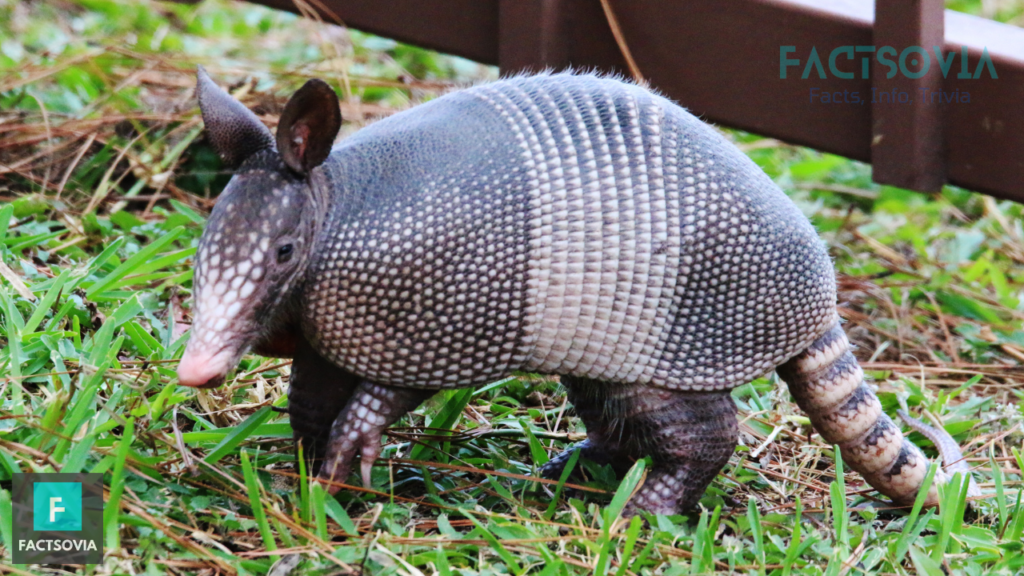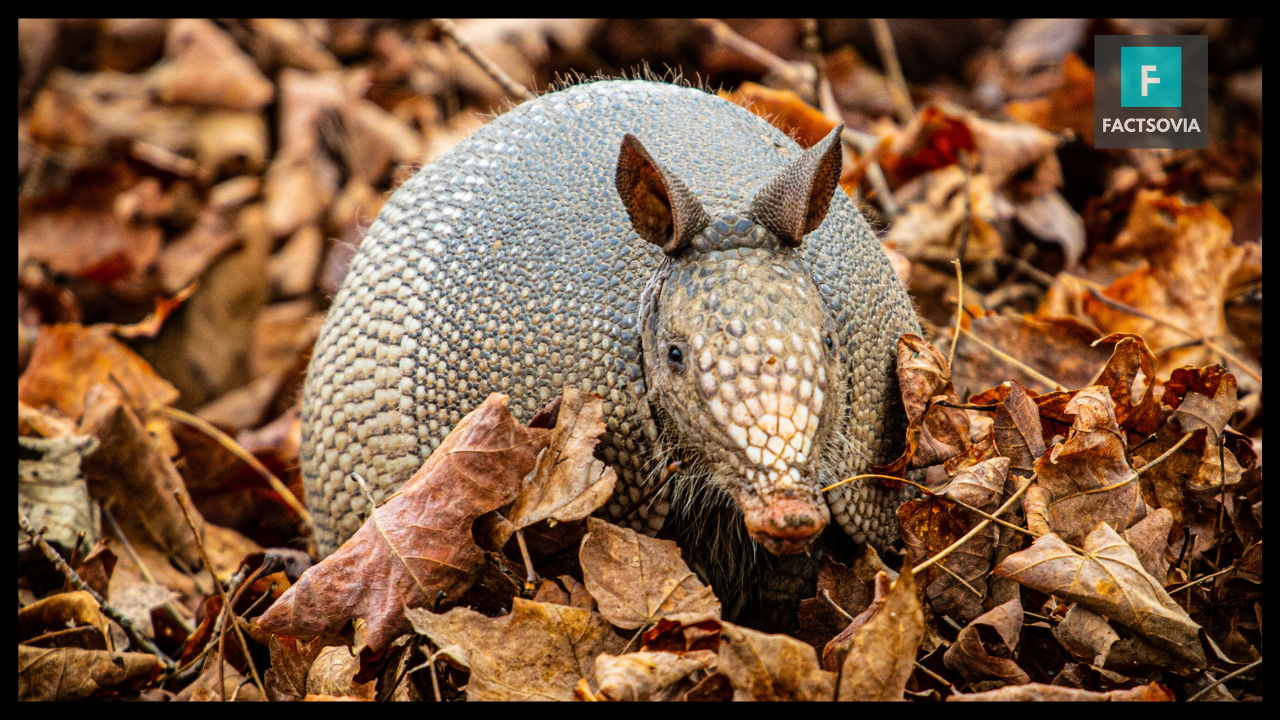We use affiliate links to run our site. When you buy through links on our site, we may earn an affiliate commission, without any added cost to you. Learn more
Armadillos are fascinating creatures with unique physical features and survival techniques that have helped them thrive in various environments across the Americas. From the deserts of the southwest to the rainforests of the Amazon, armadillos have adapted to live in a wide range of habitats.
In this article, we will explore the different species of armadillos, their geographical range, habitat preferences, adaptations, and the threats that they face.
We will also delve into their interactions with humans and their place in popular culture.
About Armadillos:
Armadillos are a group of mammals known for their armor-like shell made of bony plates, which protects them from predators.
They are related to anteaters and sloths and are primarily found in South and Central America, although some species have spread to the southern United States.
There are around 20 species of armadillos, each with unique characteristics that enable them to thrive in a particular habitat.
Different Species of Armadillos:
Armadillos are divided into two main groups: the Old World armadillos, which are native to Africa and Asia, and the New World armadillos, which are found in the Americas.
The New World armadillos are further divided into three families:
Dasypodidae, which includes the nine-banded armadillo,
Chlamyphoridae, which includes the pink fairy armadillo, and
Myrmecophagidae, which includes the giant anteater.
Geographical Range
Armadillos are found throughout South and Central America, from Mexico to Argentina. They are also found in some southern states of the United States, including Texas, Oklahoma, and Florida.
Armadillos have migrated to the United States from Mexico, and their range has expanded as a result of human activity, including habitat destruction and the creation of new habitats, such as roadsides and other disturbed areas.
Habitat Preferences
Different species of armadillos have varying habitat preferences. Some species, such as the six-banded armadillo, are found in dry, arid regions, while others, such as the nine-banded armadillo, prefer moist areas like swamps and forests.
The pink fairy armadillo lives in the sandy plains and dunes of central Argentina, while the giant armadillo lives in the tropical rainforests of South America.
Armadillos are adaptable creatures and can survive in various habitats, but they require a source of food, water, and shelter.
Factors Affecting Survival:
Armadillos face several challenges that can affect their survival, including habitat destruction, climate change, and predation.
Habitat destruction due to urbanization, farming, and logging has led to the fragmentation of armadillo populations, making it difficult for them to move and find mates.
Climate change has also affected armadillo populations, with rising temperatures and changing rainfall patterns altering their habitat.
Predation by animals such as jaguars, coyotes, and domestic dogs can also affect armadillo populations.
Threats to the Populations
Armadillos face several threats to their populations, including habitat destruction, hunting, and road mortality.
The nine-banded armadillo is hunted for its meat and shell, while the pink fairy armadillo is hunted for its skin.
Road mortality is also a significant threat to armadillos, as they are often hit by cars while crossing roads.
Armadillos also face threats from introduced predators, such as feral cats and dogs, which can prey on their young.

Adaptations
Armadillos have several adaptations that help them survive in their environments.
Their armor-like shell protects them from predators and provides insulation from temperature changes.
Armadillos also have sharp claws that they use to dig burrows for shelter and forfinding food.
Some species, such as the pink fairy armadillo, have adapted to living in sandy environments by using their long, narrow snout to burrow through the sand in search of food.
The nine-banded armadillo has a unique reproductive strategy, giving birth to identical quadruplets every time.
Interaction with Humans
Armadillos have interacted with humans in various ways throughout history.
In some cultures, they are considered a delicacy and are hunted for their meat. Armadillo shells have also been used for various purposes, such as musical instruments and as a material for making jewelry.
However, armadillos have also been a nuisance to farmers and gardeners, as they can damage crops and gardens with their digging.
Armadillos In Popular Culture:
Armadillos have also played a significant role in popular culture. They are often depicted as quirky and endearing animals, and their unique appearance has made them a favorite among cartoonists and illustrators.
In Texas, the nine-banded armadillo is the state small mammal and is featured prominently in local culture.
Conclusion
Armadillos are fascinating creatures that have adapted to live in a variety of environments across the Americas. Their armor-like shell, sharp claws, and unique adaptations have helped them survive in challenging conditions.
However, they also face threats from habitat destruction, climate change, and predation. Understanding these challenges is essential to ensure the survival of these unique and important animals.
Do armadillos make good pets?
No, armadillos are not suitable pets, as they are wild animals and require specific care and conditions to survive.
Can armadillos swim?
Yes, most armadillos are proficient swimmers and can cross rivers and streams.
What do armadillos eat?
Armadillos primarily eat insects and other invertebrates, but some species also eat plants and small animals.
Can armadillos carry diseases?
Yes, armadillos can carry diseases such as leprosy, so it is important to avoid contact with them.
Are armadillos endangered?
Some species of armadillos, such as the giant armadillo, are endangered due to habitat loss and hunting, while others are considered of “least concern.” It is important to protect their habitats and reduce human impact to ensure their survival.
Amazon and the Amazon logo are trademarks of Amazon.com, Inc, or its affiliates.
